Muharram in Iran: Visiting Iran during Muharram & Ashura
Muharram is the first month of the lunar year, which, for Muslims, is accompanied by some rituals and religious practices throughout the country. The Day of Ashura is the most important religious holiday in Iran, and if you happen to be in Iran around this time, you will experience a different atmosphere in Iran. Iranian people commemorate the Karbala Battle in Iraq, which occurred 1400 years ago between Prophet Muhammad’s grandson, Imam Hussein, and the king of Iraq at the time. Muharram in Iran would be a unique cultural experience for every tourist; most tourist attractions are closed on two days of Tasua and Ashura, though there are things to do and places to visit on these two days. Other attractions might be closed during these days, but no worries! You’re in good hands with our tour leaders. Here is the guide to what to do and expect during Muharram in Iran.
A UNESCO Intangible Cultural Heritage
Ta’zieh is a type of performance art, a holy drama narrating the story of the brave war and martyrdom of Imam Hussein and his family and companions in Karbala. UNESCO registered Ta’zieh as an Intangible Cultural Heritage in 2010. This Persian passion play embraces four components of poetry, music, song, and motion. In this holy drama, all the roles will be played by men, although some will have to play female roles. Many people gather to watch this graceful play on the day of Ashura, so if you happen to be in Iran during Muharram, you should attend this Iranian performance.
Sham-e Ghariban
The mourning ceremony of Sham-e Ghariban is held on the evening of Ashura in different cities of Iran for the captives of Karbala, including Zainab bint Ali, the sister of Imam Hussain, and Imam Zayn al-Abidin, the fourth Shia Imam. People light candles as a sign of mourning for the captives of Karbala during the Sham-e Ghariban ritual. There is a remarkable spiritual atmosphere filling the streets. People pray as the candles burn down and then leave behind the candles in hopes of having their prayers answered.
What to Do on Muharram?
Muharram and particularly the Day of Ashura are religious holidays, and it is important to respect the mourning of the Iranian people on this day. You may see many Iranians wearing black in mourning of their Imam (religious leader). In Iranian culture, wearing black is considered the most appropriate gesture when grieving a deceased loved one. As a tourist, you don’t need to wear black, but just an acceptable covering of your body and hair is appreciated. It may be frowned upon to laugh loudly in public as well.
One of the rituals of Muharram is distributing free food (Nazri) and drinks in the streets among mourning groups; Feel free to taste some delicious Nazri while you’re at it. You will likely encounter such groups, only ask for some Nazri, and they will offer it to you wholeheartedly. It is widely believed among Muslims that the food cooked for Imam Hussein contains a spiritual value. The Iranians stay in lines and do the same thing, so there is no need to be embarrassed.
Best Places to Visit Ashura Rituals in Iran
Every city in Iran and every region has its own rituals for mourning. Hence, some places have developed a kind of glorious rituals practiced by local people. Khaneh Honarmandan is one of the top places that hold this festival annually. It is located in Iranshahr, Forsat St.Taleqani St., Tehran, Iran. Another region with glorious rituals practiced by local people is Amir Chakhmaq Complex in Yazd city. Here the Nakhl Gardani in Ashkezar is held during Ashura mourning. The Nakhl symbolizes Imam Hussein’s coffin, and mourners carry it in circles as part of the mourning ritual. Hosseinieh Ghasem Ibn- Alhussein in Natanz is another place where mesmerizing rituals have taken place during this time. So, if you happen to be in Natanz, you can visit this place to witness their astonishing performances. If you’re in Kashan, you can head to Nooshabad, watch their Ta’zieh and experience a completely different atmosphere.
Are you planning to travel to Iran and looking for an Iran travel agency? Check out our IRAN RELIGIOUS TOUR.

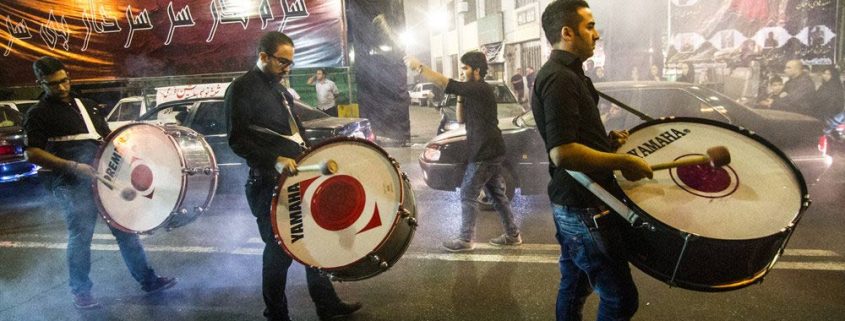
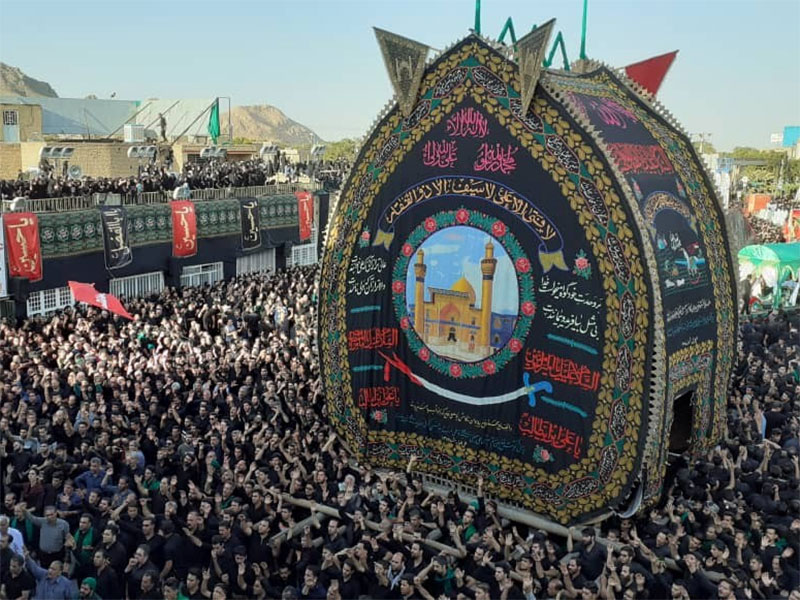



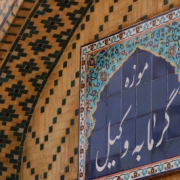
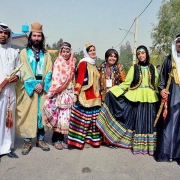
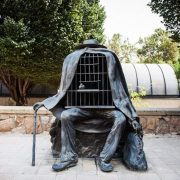

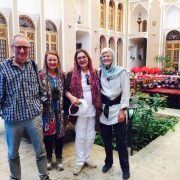




Leave a Reply
Want to join the discussion?Feel free to contribute!